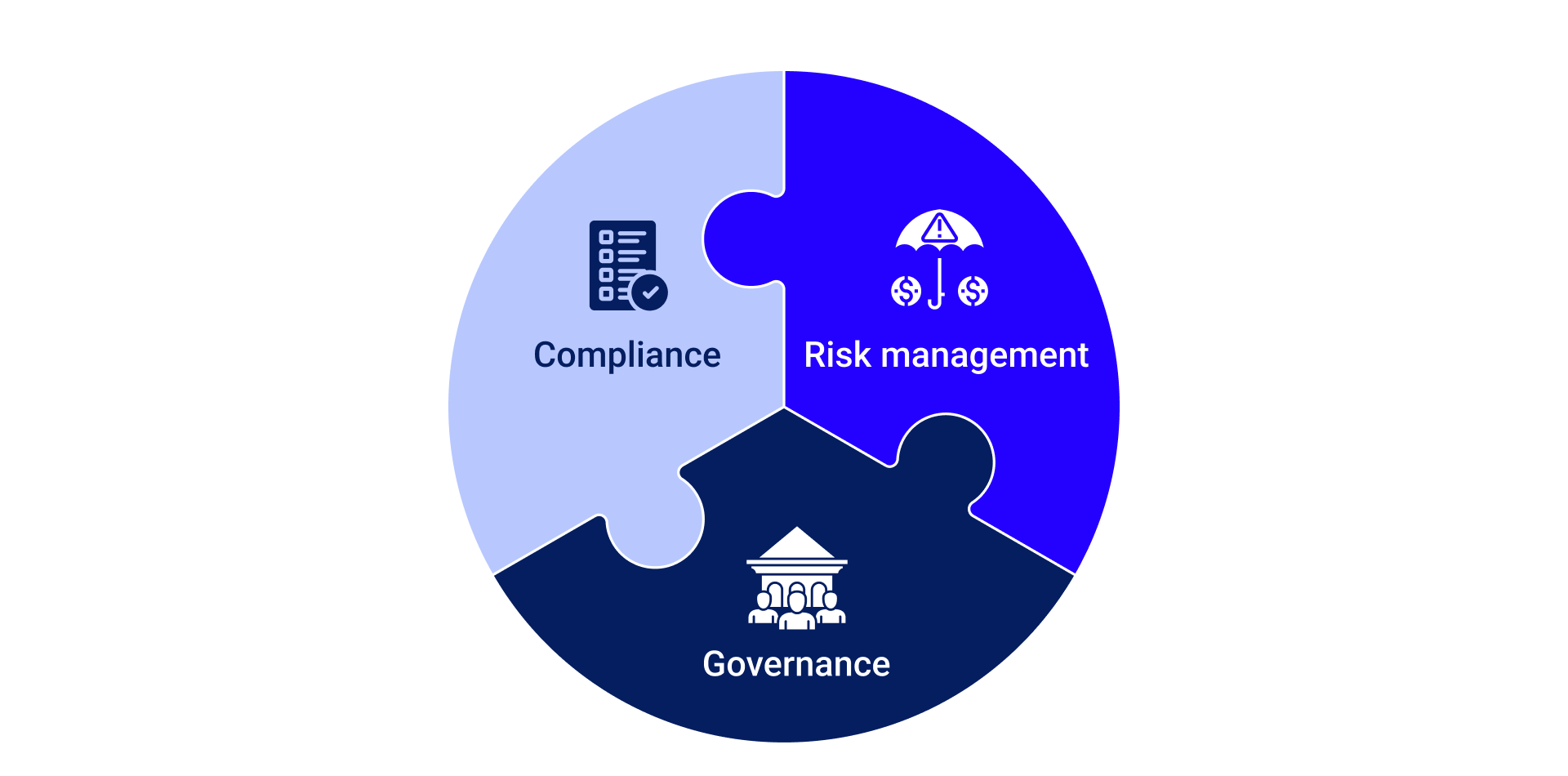The private equity landscape is transforming its approach to technology, as highlighted at this week’s PEI Private Fund Compliance Operations Forum. From boutique firms to industry giants, one truth remains constant: successful implementations require careful balance between adopting cutting-edge solutions and ensuring regulatory compliance. This article highlights many of the compliance strategies for technology adoption discussed during the event.
Embracing AI with Purpose
Gone are the days of implementing AI simply for its novelty. Today’s PE firms are developing strategic policies that protect sensitive data while harnessing AI’s transformative potential. Many are starting small but smart, focusing on practical applications like meeting transcription and marketing compliance review.
One significant hurdle has emerged: “shadow use” – the unauthorized adoption of AI tools by employees. Forward-thinking firms are addressing this challenge head-on with clear usage policies that specify permissible data inputs. Rather than merely restricting access to LLMs like ChatGPT or Claude, successful organizations are creating proactive frameworks that guide responsible AI adoption.
Innovating Through Collaboration
Necessity breeds innovation – especially for firms without a dedicated IT function (which seems to be many). Cross-departmental technology committees have emerged as a powerful solution, bringing together investment professionals, operations experts, and compliance specialists to drive thoughtful implementation.
These collaborative structures ensure all voices are heard, from fund administrators to investment teams, creating a more inclusive and effective approach to technology decisions.
Mastering Vendor Relationships
As PE firms navigate relationships with hundreds of vendors, they’re becoming more sophisticated in their vendor management approach. The focus has shifted to distinguishing between mission-critical partnerships requiring intensive oversight and more routine vendor relationships.
AI-enabled Technology
Private equity firms are developing sophisticated approaches to vendor evaluation. When it comes to AI-enabled solutions, compliance should ensure their firms are conducting enhanced due diligence to ensure the integrity of sensitive data.
Key considerations include:
- Data segregation and access controls
- Information flow restrictions between different firm departments
- Clear documentation of vendor evaluations for SEC examinations
- Specific attention to AI data training permissions and model transparency
RegTech Solutions
Furthermore, as compliance teams evaluate potential technology partners for their function, a methodical approach can help navigate the extensive RegTech landscape. To identify the most suitable vendors, teams should consider several key factors:
Ownership Structure:
Understanding who owns the company provides insights into vision and culture, which directly impact product development and service quality.
Corporate Timeline:
- Established vendors offer stability but potentially less innovation
- Newer vendors may provide more attentive service and product evolution
Product Lifecycle:
- Evaluate current development status
- Review product roadmap
- Confirm release timelines for advertised features
Service Model Alignment:
- Define whether you need a vendor or strategic partner
- Assess support levels relative to your firm’s size
- Request specific documentation like business requirement designs
Finally, for long-term success, organizations are implementing structured oversight through quarterly business reviews, defined success metrics, and clear accountability measures.
Looking Ahead
The private equity industry has moved beyond debating whether to adopt new technologies. Today’s focus is on implementing solutions that enhance efficiency while maintaining compliance. Success lies in developing clear usage policies, taking measured implementation steps, nurturing key vendor relationships, and maintaining robust documentation.
Those who embrace this balanced approach are positioning themselves to capture operational efficiencies while meeting their regulatory obligations in an increasingly complex landscape.



